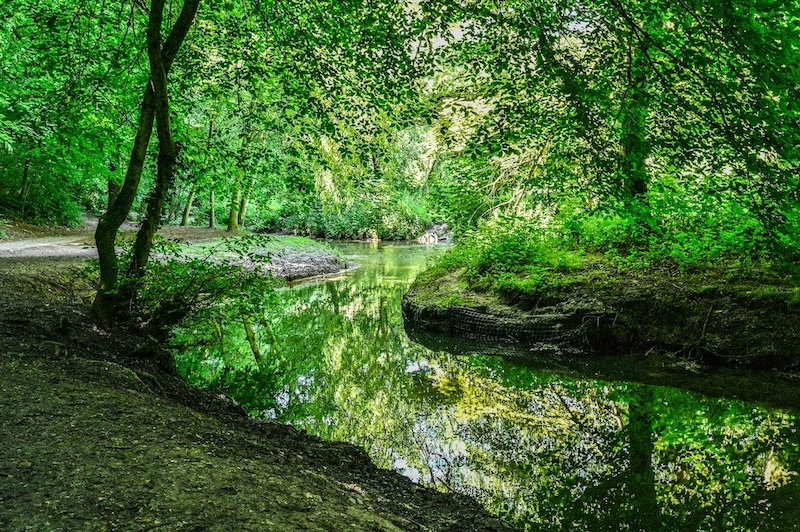New Zealand is a paradise in the southwestern Pacific Ocean. It consists of two main landmasses – the North Island and the South Island – and around 600 smaller islands. Across New Zealand, you can find everything, from an untamed wilderness to a rich culture. Find inspiration in towering mountains and mist-cloaked fjords. Serenity in golden beaches curled around quiet bays. You’ll have the best chance to find comfortable weather and fewer crowds in early spring (September – October) and in autumn (March-May).
Here are the 10 most beautiful places you won’t want to miss.
1. Mount Cook National Park
Mount Cook, also known as Aoraki, is the highest mountain in New Zealand. The national park is part of the Te Wāhipounamu World Heritage area. It lies in the Southern Alps, the mountain range which runs the length of the South Island.
2. Cape Reinga
Cape Reinga is the northwesternmost tip of the Aupouri Peninsula, at the northern end of the North Island of New Zealand. Besides the stunning view, you can also find the famous lighthouse. The lighthouse is a common New Zealand icon and a popular tourist destination, although the lighthouse itself is not open to the public. The lighthouse was built in 1941 and first lit during May of that year. It was the last manned light to be built in New Zealand.
3. Piha Beach
Piha Beach is located on the western coast of the Auckland Region in New Zealand and It is one of the most popular beaches in the area and a major day-trip destination for Aucklanders throughout the year. This beach is also popular for surfing especially in summer.
4. Lake Tekapo
During spring this lake surrounded by Lupins flowers makes a beautiful scenery with the blue water, the blue sky, and the mountains in the background. At night you can see clearly the lake under the milky way. Lake Tekapo is the second largest of three roughly parallel lakes running north-south along the northern edge of the Mackenzie Basin.
5. Milford Sound
Milford Sound – or Piopiotahi – is a fiord in the southwest of New Zealand’s South Island within Fiordland National Park, Piopiotahi (Milford Sound) Marine Reserve, and the Te Wahipounamu World Heritage site. It is considered New Zealand’s most famous tourist destination.
6. Caromandel Peninsula
Jutting into the Pacific Ocean just south of Auckland, the Coromandel Peninsula has two coastlines with forested and volcanic-formed valleys lying in between. It feels a world away from the busyness of the city, despite being within a three-hour drive from Auckland. The Coromandel Peninsula was named after HMS Coromandel (originally named HMS Malabar), a ship of the British Royal Navy that stopped at Coromandel Harbour in 1820 to purchase kauri spars.
7. Mount Taranaki
Also known as Mount Egmont, Mount Taranaki is a quiescent stratovolcano on the western coast of the North Island. This mountain reminds us of Fuji Mountain in Japan because the shape looks so familiar. This Mountain is also the location of the Tom Cruise movie “The Last Samurai”.
8. Wanaka
Wanaka is a popular ski and summer resort town in the Otago region of the South Island. Despite New Zealand’s mostly oceanic climate, Wanaka is one of the few areas in the country to enjoy a semi-continental climate, with four distinct seasons. With its lake and mountain views, Wanaka has become a popular tourist resort.
9. Wai-O-Topu
Wai-O-Topu in Māori means the Sacred Water, Wai-O-Topu is an active geothermal area at the southern end of the Okataina Volcanic Centre. Due to geothermal conditions beneath the earth, the area has many hot springs noted for their colorful appearance. The yellow color of the water comes from the sulphur and the Champagne Pool is just beautiful with all the colors. The Geothermal Park itself is sculpted from volcanic activity that has been taking place for thousands of years. The Lady Knox Geyer erupts every day at 10:15 am to heights of 10 to 20 meters into the sky. The eruption is a crazy release of pressure, powerfully shooting out of the earth.
10. Nelson Lakes National Park
Nelson Lakes National Park is situated in the north of New Zealand’s South Island. In Maori mythology, the lakes were created by the great chief Rakaihaitu digging holes with his ko (digging stick). One hole became Lake Rotoroa (large waters) and the other became Lake Rotoiti (small waters).













